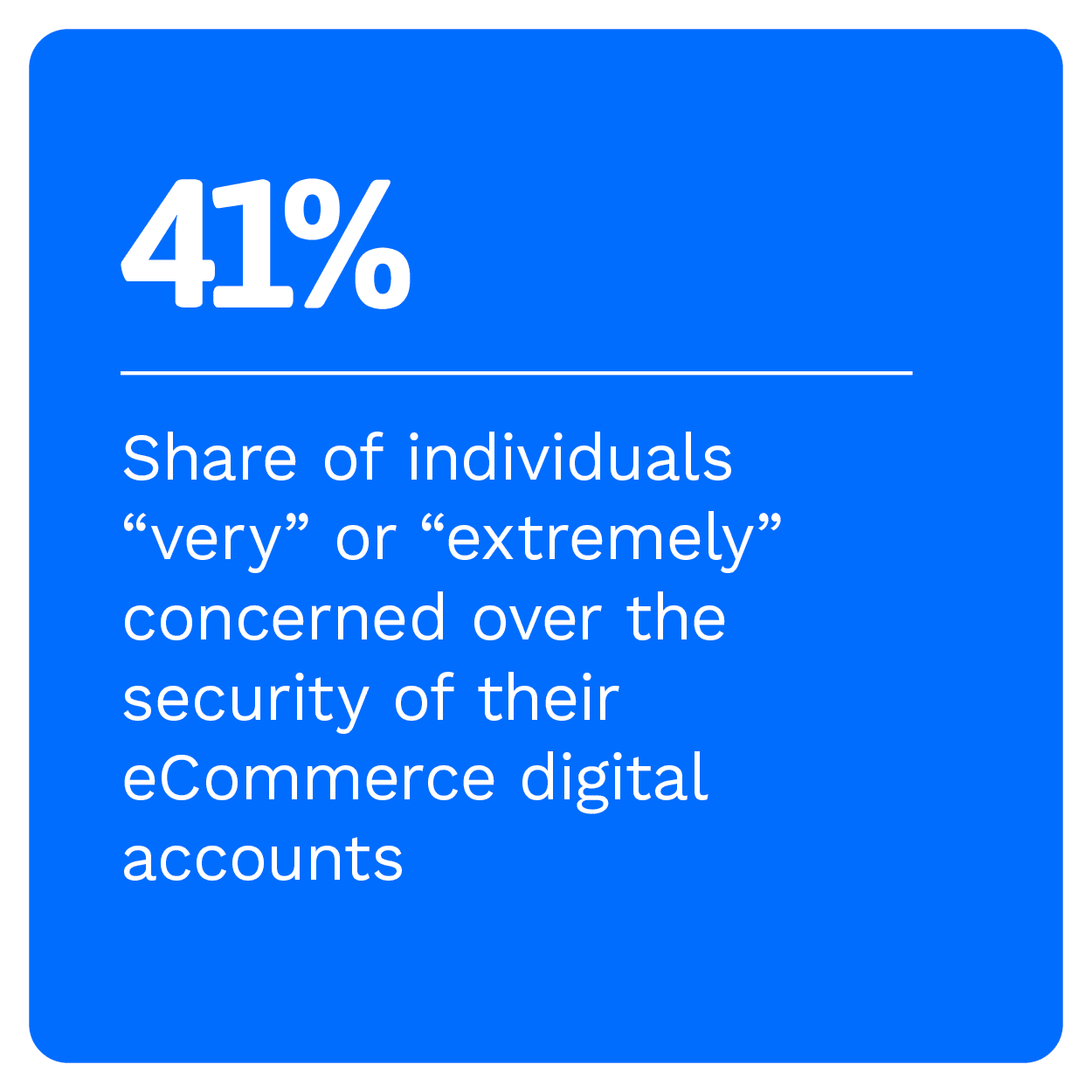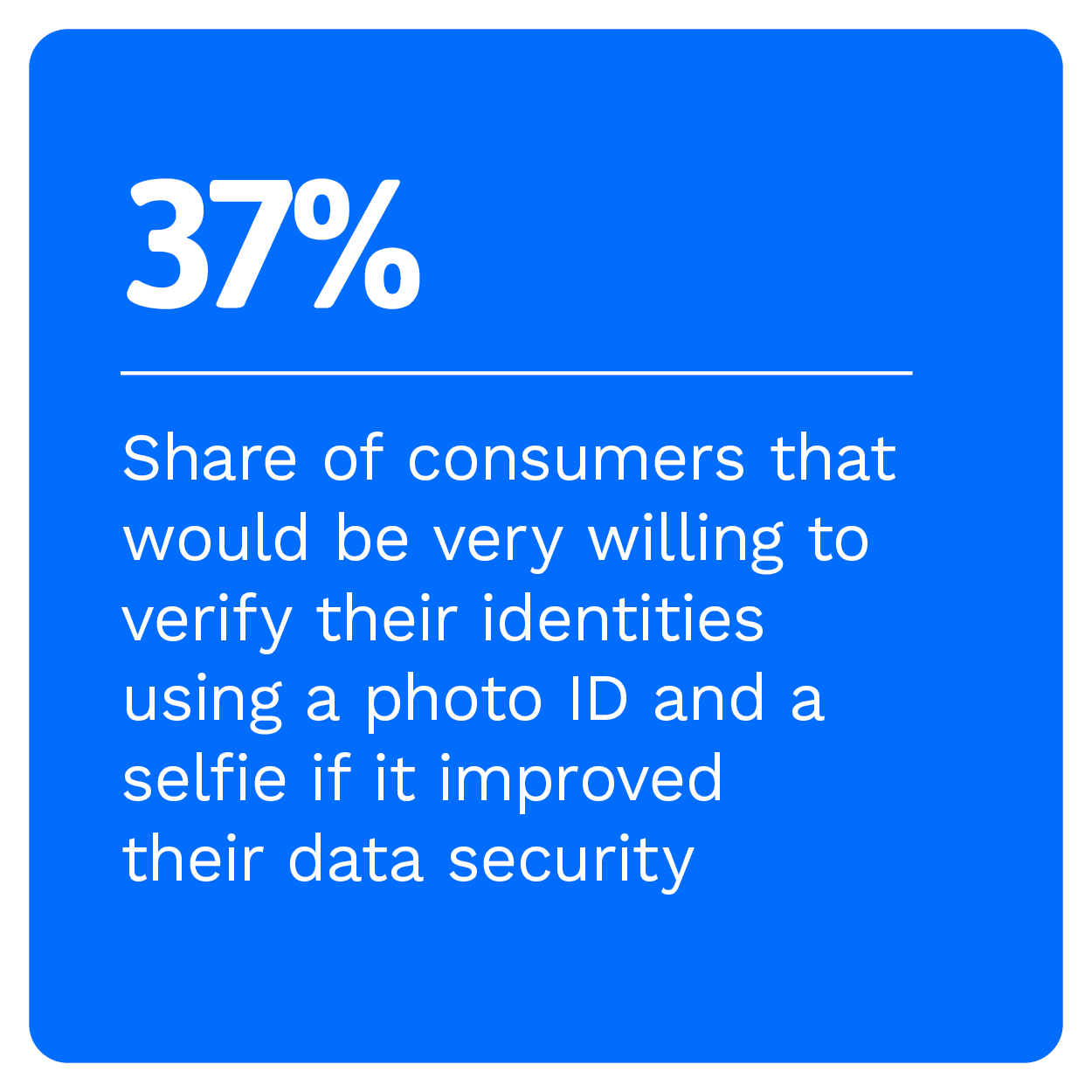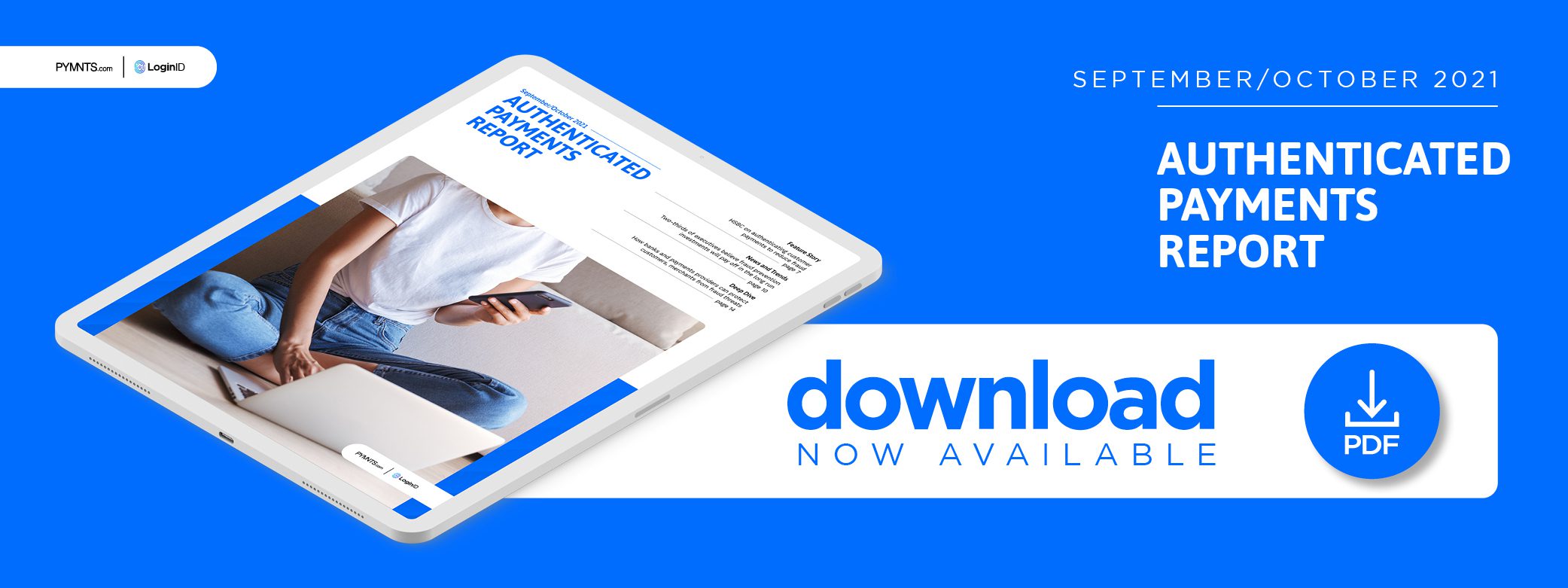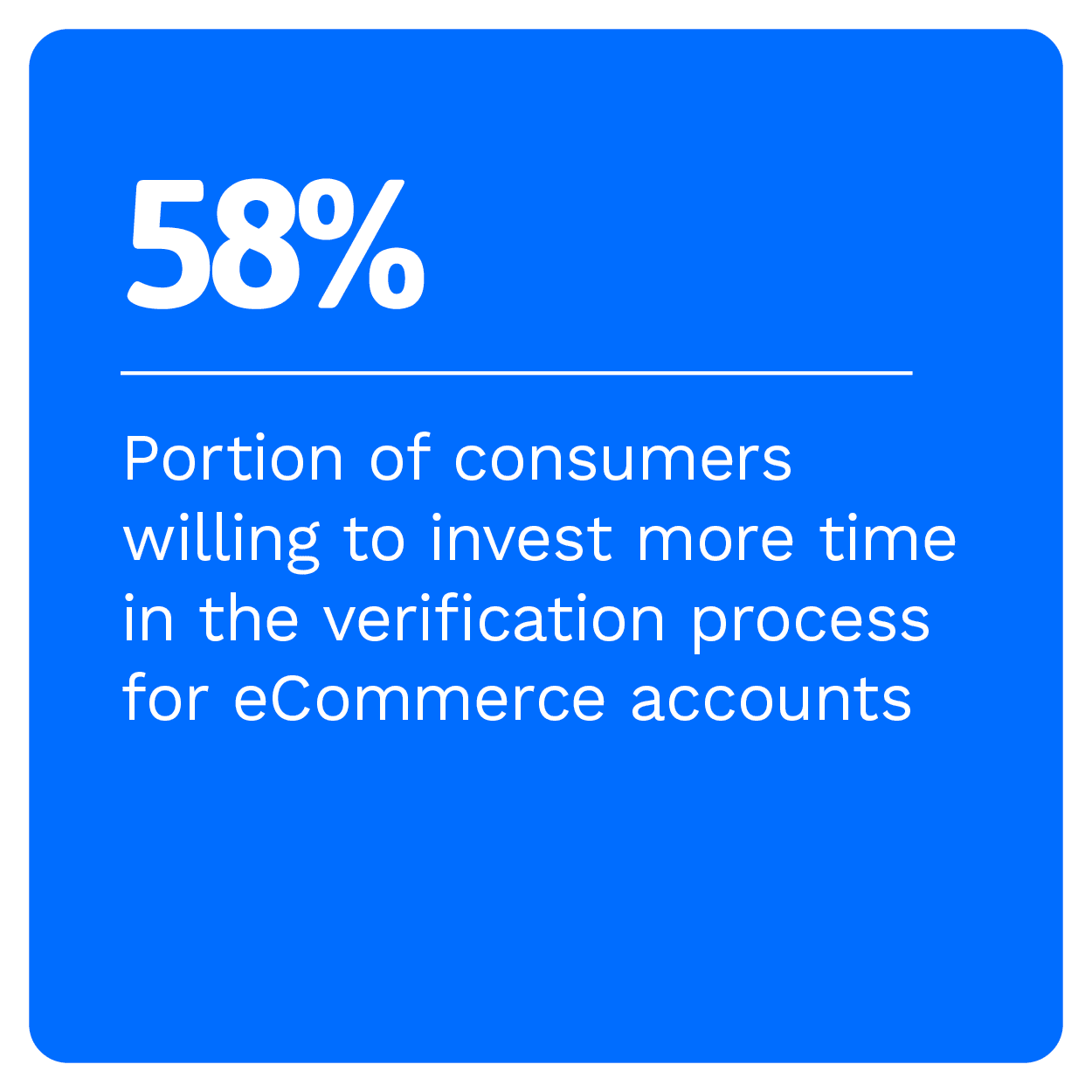Report: AI and Transaction Notifications Help FIs Stop Payments Fraud Before Customers Get Scammed

Payments are now more digitized than ever before, with experts projecting that $6.6 trillion with be exchanged through digital channels by the end of the year, a 40% increase over the past two years. This growth is expected to continue well into the future, with the value of the digital payments market set to hit $10.5 trillion in value by 2025.
This rise of digital payments is a double-edged sword, however, as it also offers bad actors unprecedented opportunities for payments fraud. Many banks, payment providers, merchants and other players in the payments space are deploying advanced cybersecurity technologies like biometrics, artificial intelligence (AI) and machine learning (ML), while others are leaning into customer-facing payment authentication methods like multifactor authentication. This arms race between fraudsters and fraud prevention experts seems unlikely to come to an end any time soon.
In the September/October Authenticated Payments Report, PYMNTS explores the latest in the world of payments authentication, including the growing threat of fraud in the digital payments space, the technologies being leveraged to fight against payment fraud, and how the rising popularity of eCommerce is changing the payments space.
Developments From the World of Authenticated Payments
Rising levels of eCommerce traffic are some of the key drivers in the increase in payments fraud. A recent study of Australian shoppers found that online sales spiked 65% between March 2020 and January 2021, for example, and card-not-present fraud rose by 3.8%. This type of fraud now accounts for 90% of all payment fraud in the country and comprised 0.058% of the entire credit card spend. Card-present fraud has seen a sharp drop, however, as this type of fraud is much harder in the digital space.
Fraud prevention systems have had some measure of success recently. A recent report from U.K. Finance said that banks in the U.K. stopped £32 million ($44 million USD) in scam attempts in the first half of 2021, thanks in large part to the Banking Protocol. This program trains bank staff to identify potential scam victims while interacting with bank customers in an attempt to sniff out potentially fraudulent or nonconsensual transactions. The Banking Protocol was invoked 4,782 times between January and June, according to U.K. Finance, leading to the arrest of approximately 90 suspected cybercriminals.
Preventing payments fraud can be a costly endeavor, but many financial executives feel these investments will ultimately be worth it. A recent study from PYMNTS found that two-thirds of executives believe such investments will pay off in the form of fraud prevention, false positive reduction and the acceleration of authentication procedures. Forty-two percent of respondents said that improving authentication can help increase the number of customers, while 41.6% said it could improve transaction completion rates.
For more on these and other payments authentication news items, download this month’s Report.
HSBC on Protecting Against Payments Fraud With Transaction Analysis and Push Notifications
Payments fraud is a constant worry for banks and other financial institutions, with fraudsters deploying tactics like business email compromise, phishing, and botnets. Fighting this fraud threat requires a two-pronged approach that leverages both back-end analysis and customer-facing transaction notifications.
In this month’s Feature Story, PYMNTS talked with Drew Douglas, the North American regional head of liquidity and cash management at HSBC, about why customer choice in security protocols can reduce their aversion to potentially friction-filled fraud prevention methods.
Deep Dive: Protecting Payments From Digital Fraud
The ongoing pandemic has fueled the record adoption of digital payments, but this growing popularity has a dark side: each electronic transaction represents an entry point for bad actors. Payments providers have had to find innovative ways to protect merchants and consumers against digital fraud as bad actor’s tactics grew more sophisticated.
In this month’s Deep Dive, PYMNTS explores the fraud threats facing the digital payment industry and the tools banks and payments providers can leverage to defend against cyber-attacks.
About the Report
The Authenticated Payments Report, a PYMNTS and LoginID collaboration, is the go-to monthly resource for updates on trends and changes in payments authentication.


